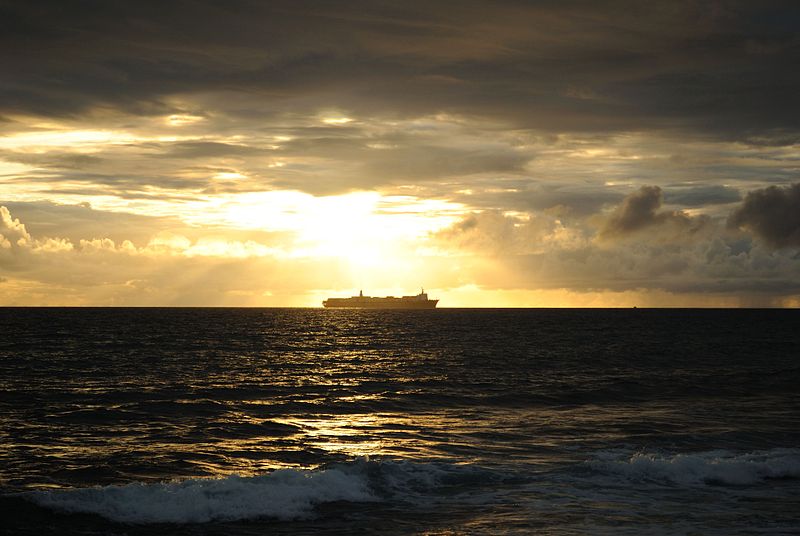Do models of cumulative human impact capture actual levels of degradation, and can we use these models to predict when human activities will cause tipping points in marine ecosystem condition?
Big Picture
There is an ever increasing number of human activities occurring in the world’s ocean. As a result, there is a growing need to manage for the cumulative impacts from these activities. In response, models have been developed to predict relative impact in different parts of the ocean. These modeled impact levels are calculated and scored from the overlap of different stressors, including climate change, fishing and many other ocean and land-based activities that affect coastal and ocean ecosystems, and then weighted by the vulnerability of these ecosystems to the suite of stressors. Ideally, these impact scores represent the amount of human degradation in ocean and coastal ecosystems. Our study seeks to test the accuracy of impact scores developed for the California Current along the central and southern coast of California, where extensive field-based monitoring offers an opportunity to ground-truth the impact model scores. We also seek to estimate the thresholds at which small changes in human use of the marine environment are likely to lead to big changes in ocean and coastal ecosystems as the number and/or type of human activities increases in an area. Understanding these tipping points can help managers of marine ecosystems determine how new activities are likely to alter ecosystem health and improve the regulation of future development and use of ocean resources.
Why we are doing it 
The cumulative impacts model can inform managers about the number, types, and relative impact of overlapping activities occurring within their jurisdiction that may negatively affect ecosystem health. Validating whether the model reflects the actual amount of human degradation in ecosystems is key to providing a useful and widely applicable tool. Identifying the relationships between cumulative impact scores and/or specific activities and ecosystem condition can help predict how adding new stressors or increasing activities may shift ecosystem conditions over a tipping point. Forecasting when and where these shifts occur is a critical need for ecosystem-based management.
How we are doing it
We are using existing ecosystem data from rocky intertidal, kelp forest, and soft sediment habitats to detect if the cumulative impact model for the region reflects the actual measured ecosystem condition. To test this relationship we are:
- Comparing established indices of biological condition in soft-sediment systems with impact scores from the California current to determine whether the scores accurately reflect the known disturbance levels at a set of locations.
- Comparing the composition of a suite of indicator species from rocky intertidal and kelp forest habitats with physical conditions and impact scores from the California current to determine whether the scores accurately reflect disturbance levels at a set of locations.
- Using biological indices developed from soft-sediment, rocky intertidal and kelp forest habitats, we will test the fit of functional relationships between impact scores and biological indicators, determining the drivers of ecological change and identifying thresholds when possible.
What’s next
- Determine if the regional-scale California Current cumulative impact model can be applied to managing ocean and coastal resources at local scales.
- Demonstrate to marine managers the value of accounting and managing for cumulative impacts and tipping points.
- Apply these findings in other locations, including the project’s case study locations, Haida Gwaii and Hawai'i, if relationships between impact scores and ecosystem health are found in central and southern California.
Outcomes
- Laying the groundwork for the use of the cumulative impact models in local-scale management of California’s coastal and marine ecosystem
- Demonstrating a potential tool that could be used to integrate thresholds into marine management for regulating future coastal development and ocean uses
- Building lessons learned that can be applied to our case study locations
Lead
Megan Mach
Anticipated Completion
March 2016
Learn more about our other Research Activities with the Ocean Tipping Points project.
